This post, featuring dal and basmati rice, seeks to demystify the Indian dinner menu and provide simple recipes that you can use to enjoy a tantalizing and tasty home-cooked Indian dinner any day of the week.
Choose a dal curry that you love. Add basmati rice, a gently-spiced Indian-style vegetable, and an optional condiment.
When I was first learning Indian cooking from my husband’s family, I would frequently get confused about what to serve.
This traditional culture has very specific ways of enjoying its dishes. There is a way to order the items, there is an awareness of textures (does this item go with rice or flatbread, or both?), and of course, there are the condiments, such as pickles, chutneys, raita, and more.
If you grew up in India, you would have learned all these by osmosis. You would just know what goes with what. Alas, I have had to learn the hard way.
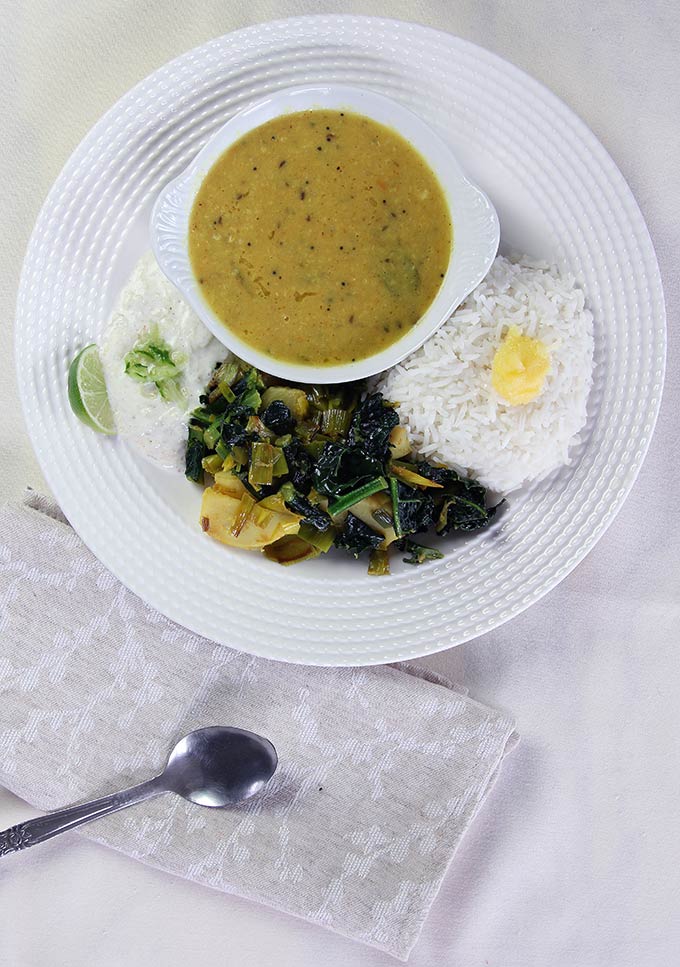
I will never forget having my husband’s cousins over for dinner. The dishes I prepared were meant to be enjoyed in three courses, but I didn’t realize it. I only knew the Indian dinner dishes went together.
There is this tradition in India of the host, usually mom, serving the guests. So I went around and served everyone rice.
They were all just looking at me, and then I hear: “Why did you serve me rice? It will desiccate on the plate before I am ready to eat it!”
Yes, he said desiccate! So funny!!
So I learned through embarrassment that rice was part of the second course. And this is not the only time I have committed such faux pas.
Simple Indian Dinner
In this post, I give my interpretation of an Indian dinner. It is the result of years of experimentation in New York, and I find it is the simplest and easiest way to enjoy a satisfying Indian dinner without having to understand the nuances of each Indian regional cuisine, or get tripped up by the kind of situation I encountered with my husband's family.
This is about enhancing accessibility to Indian cuisine for non natives. Basically, you choose a dal curry that you love. Then you add basmati rice, and a gently-spiced Indian-style vegetable.

Sometimes my vegetables are authentic, sometimes not. In general, I enjoy more vegetables in a simpler form than what is typical. I find that when the vegetables are highly spiced, it is harder to enjoy enough of them. My innovation is to include more vegetables with fewer spices. This is a personal preference of course, and a reflection of my own cultural history as a Westerner.
I also want to promote dal, because it is the perfect vegetarian staple food. When I make a batch, I eat it for dinner, send it for lunch the next day, then I pack a meal-sized container for the freezer, and one for the fridge.
The first amazing thing about dal is how well it keeps without degrading. Like soup, it is just as good (or better) when you heat it up later. The second is that once you have dal on hand, dinner is practically done.
As you read on, I will explain everything, and provide all the recipes you need to make dal and basmati rice, as well as a vegetable side dish, and optional yogurt-based cucumber raita. As Buttered Veg grows, the choices and variations of published recipes in these categories will grow, and you will have more choices.
The basic formula is: rice, dal, vegetable side, and condiment. Within this, you can mix and match, and enjoy to your heart’s content. Keep reading to learn more.
First Of All, What Is Dal?
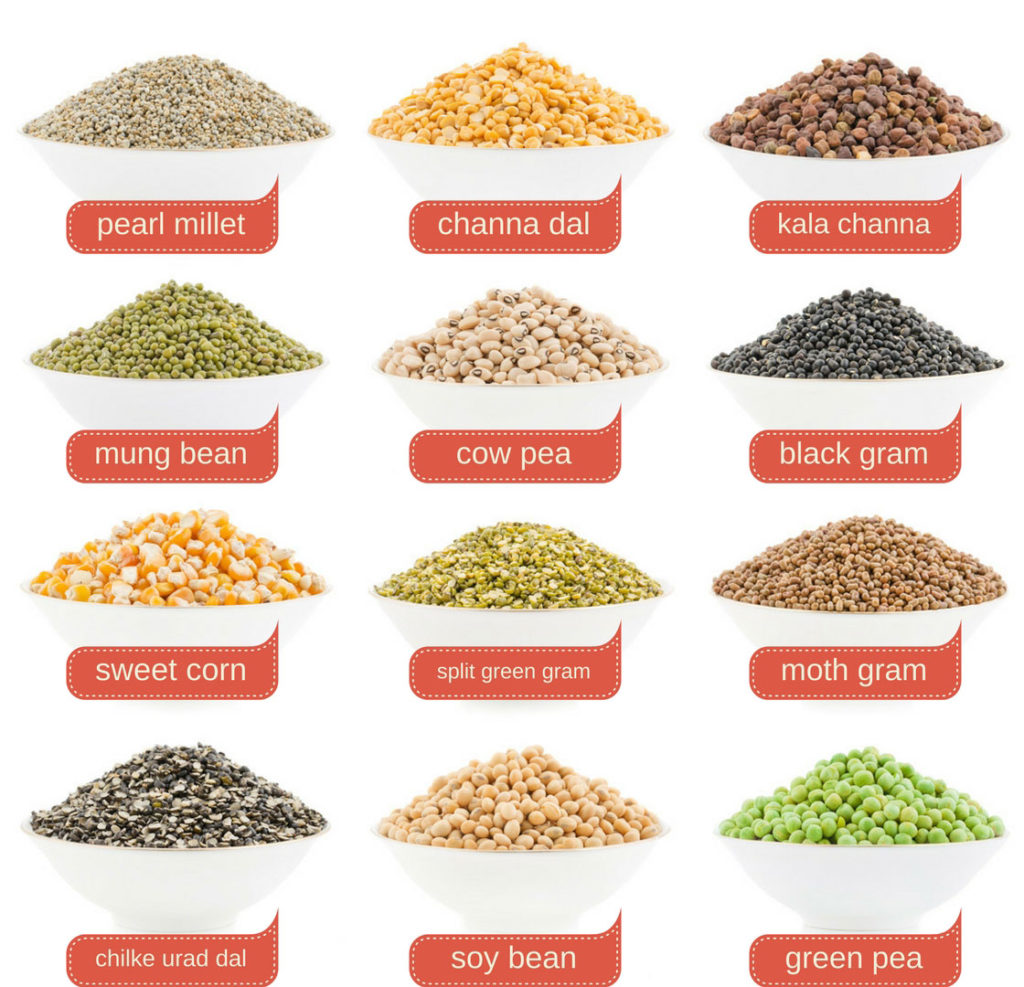
Dal is the word Indians use to refer to dried lentils, peas, and beans. These are known as pulses in the United States.
Dal is also the generic term used to refer to a curry, or spiced soup or stew, made from dal.
Just imagine an aromatic lentil soup, and you are pretty close to dal.
In India, there are thousands of vegetarian dals made from a variety of dry beans, peas, lentils, as well as tiny beans that you could easily mistake for lentils. Kidney beans and chickpeas are also common. There is a popular curry made from kidney beans, known as rajma, and a popular chickpea dal known as chana dal.
Many of the dried lentils, beans, and peas used in Indian cooking are unknown in the West, but I can attest to the fact that they are all unique and amazing, and worth learning about.
After all, dals are high in protein and fiber, and low in fat. They are filled with B-complex vitamins, iron, folate, potassium, magnesium, zinc, and micronutrients.
This makes dal a great meat substitute for vegetarian Indian dinners. Texturally, they are a classic comfort food, and the tiny size of many Indian dals makes them easily digestible as well.
Why Basmati?
Basmati is a long, slender grain native to the Indian subcontinent. When it simmers, basmati rice emits a gorgeous nutty aromatic aroma.
Contrary to popular belief, not everyone in India eats basmati rice. Basmati is considered a premium rice, best for special occasions and special dishes.
In North America, we are fortunate to have access to basmati rice at all times, and it is the recommended rice to pair with Indian food.
Basmati is super delicious, and my recipe for Perfect Basmati Rice includes how to cook it perfectly.
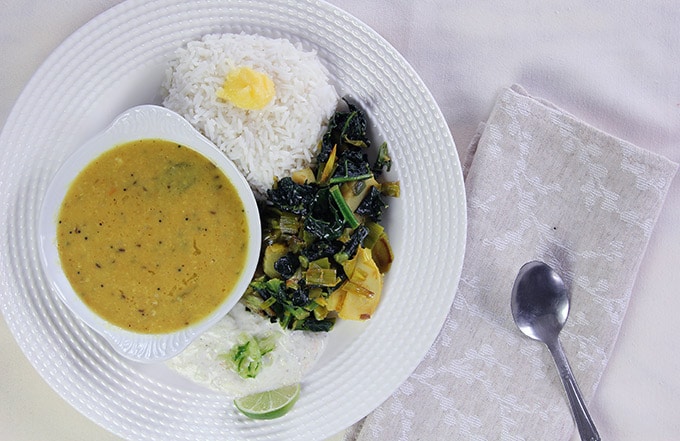
Indian Vegetable Sides (Sabzi)
In my opinion, an Indian dinner is complete only when served with at least one vegetable side.
Vegetable side dishes are known in India as sabzi. A sabzi is a vegetable cooked in spices, either dry like a stir-fry, or wet and saucy.
To sum it up, Indian vegetable sides are spicy!!
As a Westerner, I sometimes find a spicy dal and a spicy vegetable a bit too much, so I often adjust the traditional vegetable sabzi with fewer spices.
The basic formula is rice, dal, vegetable side, and condiment.Click To TweetI also cut my vegetables larger. Sabzi vegetables are often chopped into small pieces before cooking, or the vegetables become stew-like while cooking.
Indians love the homogenous texture on everything. Westerners, not so much! The larger cut on the vegetables adds texture. It allows for variety, so each bite can be different. This gives the palate a nice break when eating dinner.
The goal of my sabzi adjustments is to increase the balance on the plate. More vegetables are always better!
I’ve experimented with a variety of vegetables with Indian dal and basmati rice, and I don’t think I’ve found one I don’t like yet. So feel free to experiment.
A basic formula for an Indian dinner vegetable is to sauté vegetables in a bit of oil or ghee, flavor it with cumin seeds (or not), turmeric, and pinch of chili powder.
Brown the seeds and add the powdered spices to release the aroma in the oil before adding the vegetables.
Here Are The Recipes:
1. Dal
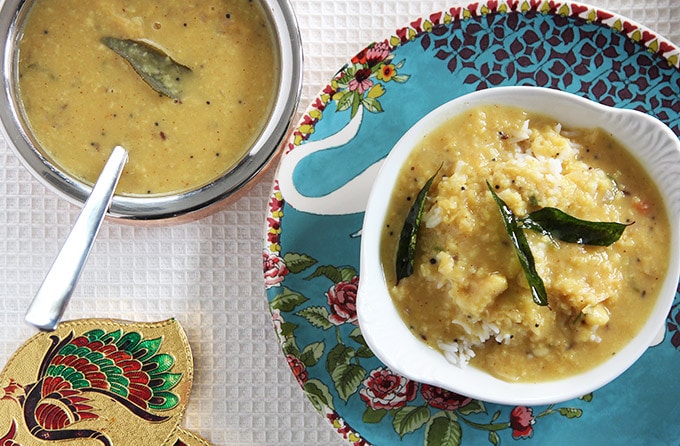
Comforting Yellow Dal (Dal Tadka)
Dal Tadka is a soft-textured lentil soup, flavored with cumin seeds, black mustard seeds, ginger, turmeric, green chili, and shallots, cooked in ghee. Dal Tadka is one of the most basic dals you can make. Its simplicity makes it highly comforting. Get the recipe
See all dal
2. Basmati Rice
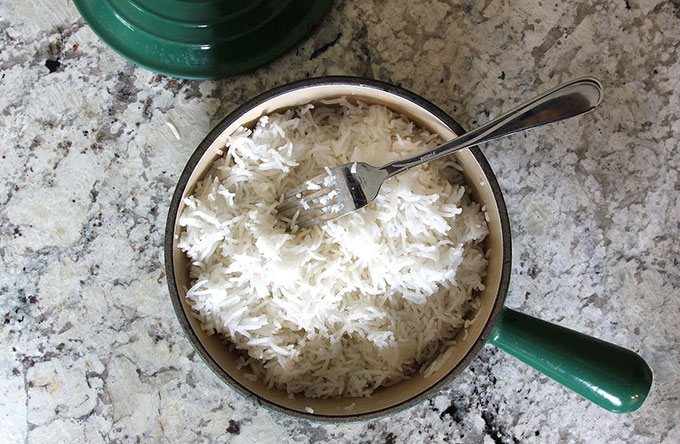
Two Methods for Perfect Basmati Rice
Basmati rice is an impossibly long-grained rice that is a favorite with Indian food, and for good reason! Get the recipe
3. Vegetable Side
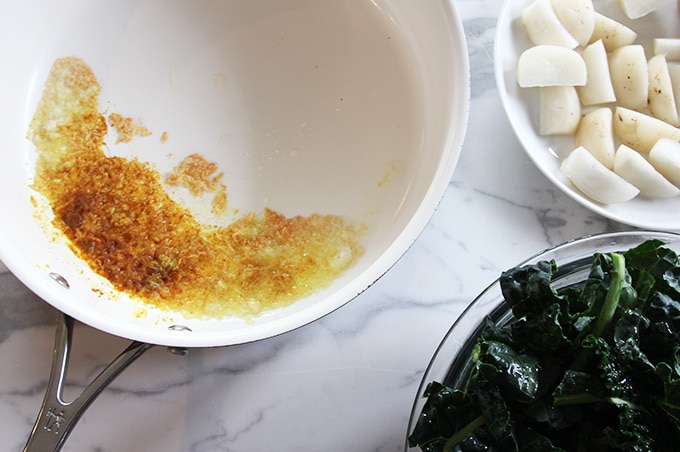
Baby Turnips and Greens
Alkalizing and detoxifying baby turnips, cooked with nutrient-dense greens—flavored with anti-inflammatory turmeric, antibiotic garlic, and antibacterial lime juice—will supercharge any dinner menu. Get the recipe
4. Condiment
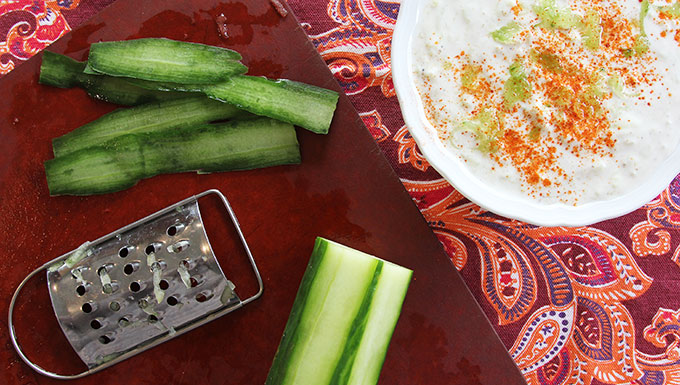
Cucumber Raita
This optional condiment, cucumber raita, is made with savory yogurt. Get the recipe
If you liked this post, please share it with your friends on social media, or leave a comment below.
For more Buttered Veg lifestyle content, follow me on Pinterest, Facebook, Instagram, and Twitter.
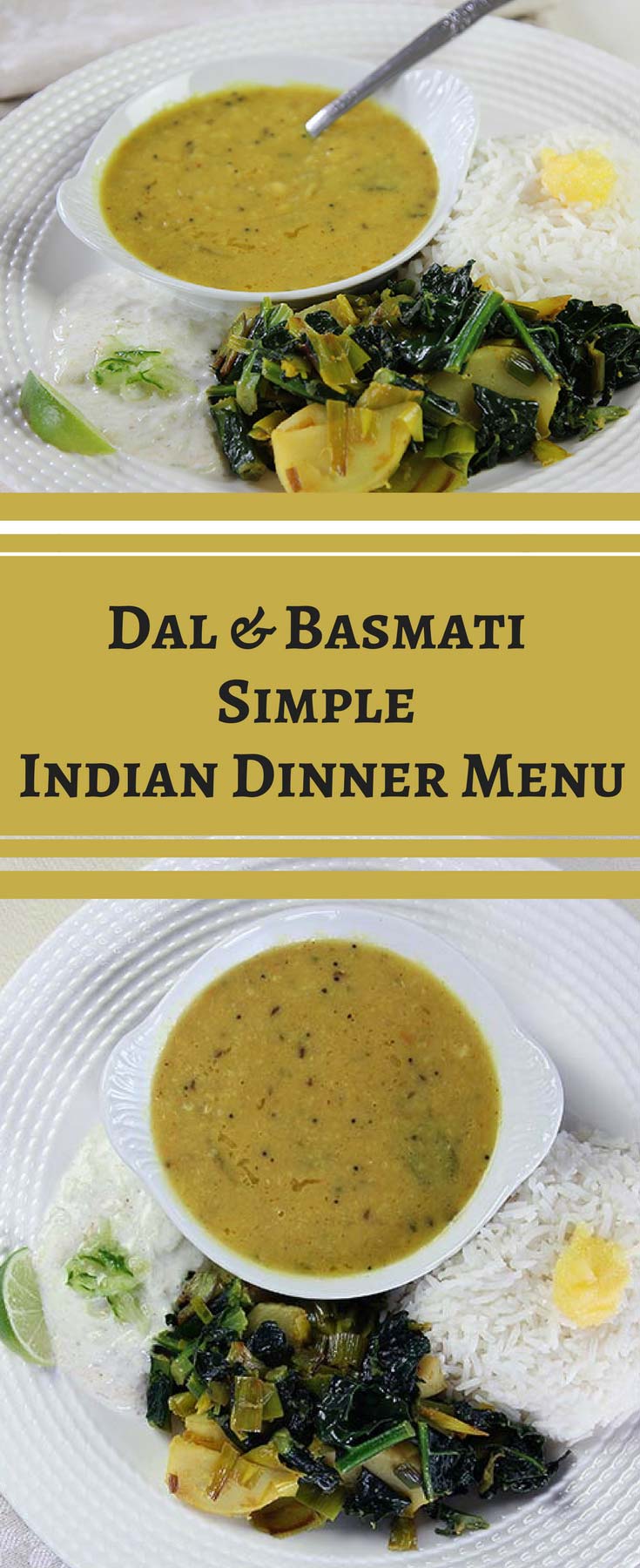

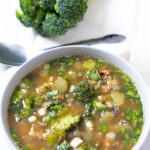
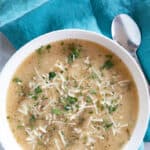
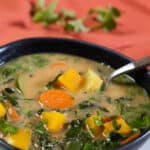
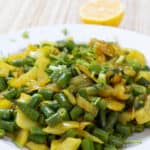
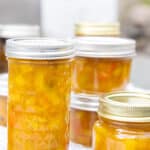
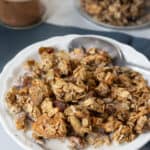
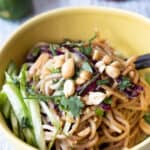
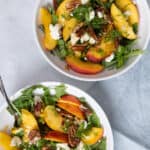
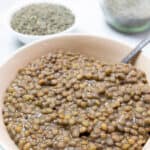
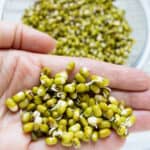
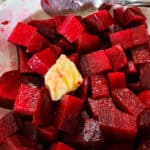

Betty
I enjoyed your article and learned from it. I will make use of what I learned and do not desire to call you names.
Andrea
Hi Betty, I appreciate your comment. I am guessing that you are referring to my comment about not enough vegetables. I was recently in India again, and I experienced the same, but also got more clarity for myself and pinpointed the issue. I have modified what I wrote as follows: "Sometimes my vegetables are authentic, sometimes not. In general, I enjoy more vegetables in a simpler form than what is typical. I find that when the vegetables are highly spiced, it is harder to enjoy enough of them. My innovation is to include more vegetables with fewer spices. This is a personal preference of course, and a reflection of my own cultural history as a Westerner." — Andrea
Sid
The indian cuisine doesn’t lack vegetables lol…
Andrea
Hi Sid, I appreciate your comment. It is not that Indian cuisine lacks vegetables. The way that vegetables are eaten in India is different, and I have a difficult time expressing that. What I experience is that rice and legumes are dominant, and the vegetables are on the side — dry or wet — with roti or rice. I know legumes are technically vegetable. I am not counting that. Or the vegetables may be added to the dal or dish. The two major differences are that fresh salads are not common (which can easily be a meal on its own), and large pieces of vegetables are not common. Vegetables get hidden in Indian cuisine because they are cooked in with spices and other items. Here, we can have an entire plate of vegetables for a meal. We can see that the plate is dominated by vegetables. We also make a lot of pure vegetable soups, which are not typical in Indian cuisine. — Andrea
OffendedIndian
The Indian cuisine lacks vegetables? How stupid and ignorant do you need to be to write such a misinformed statement. Do some research before publishing your foolish opinions.
Andrea
Thank you for your comment. I am not stupid or ignorant about Indian cuisine. My husband is Indian, my in-laws live in India, I have spent a lot of time there, and I am very familiar with the cuisine. I also love Indian cuisine. What I was referring to is that the quantity of non-legume type vegetables is relatively less. When I am in India I miss the vegetables. The cuisine is carb heavy. A vegetable subzi will be a small amount of the plate. You will almost never get a fresh green salad with raw vegetables. Vegetables are chopped small, and therefore less emphasized. How about a plate with 50% vegetables (not including legumes)? This isn't a typical plate.
Helene B.
My parents are/were from India and I agree wholeheartedly with what Andrea states about this. I think Offended Indian is being very rash.
Andrea
Appreciate that Helene. I also appreciate that culture is very, very important to maintain, and that there are good reasons why Indian cuisine evolved in the way it has, while then we have a different evolution in the United States. Learning from each other is always best though!
Chandana
This is an incredibly ignorant, not to mention insulting, statement. Do you realise that more than a quarter of Indians are vegetarian, and even the meat eaters tend to eat a diet that has much more vegetables than meat? There are numerous vegetable-rich dishes across India - look a the sabzis, the palyas, the sambars etc. In addition, there is no single Indian cuisine - there are several regional and sub-regional variations. So it definitely is not your innovation to 'add vegetables' the cuisine, and to claim it as such is cultural theft and whitewashing.
Andrea
Hi Chandana,
Thanks for the comment. I mean no disregard. See my previous reply. It is about the quantity and the presentation of the vegetables being different, and my not counting legumes as vegetables in this context. My husband and I enjoy big green salads, and large portions of cooked vegetables with every meal. This is not a typical Indian plate.
Chandana
I strongly disagree with the idea that vegetables aren't a significant portion of Indian plates. I am a kannadiga and we regularly eat salads (kosambris), cooked veg (palya), veg in stews (huli and sambar) and just fruit and veg as snacks. Just because the cuisine presents vegetables differently than in the west it doesn't mean they're not present. Also raw vegetables can be unsafe to eat if you don't have access to clean water, at least when you cook them the bacteria/virus get killed. There's a lot of privilege we in the west have, let's not judge the cuisines of those in other parts of the world without recognizing that.
Andrea
Hi again,
Thank you again for taking the time to comment, and to educate me about kannadiga.
All the best, Andrea
Helene B.
chandana, I am from the West and have eaten Indian food from a young age. Andrea is performing an admirable task here: i.e. presenting this Indian dhal dish in a more (healthy) Western format, by including the vegetable sabzis in a larger quantity with the dhal dish; that is all.
Andrea
Hi Helene,
Thank you so much for sharing your point of view! You are right that it is really about having more of the sabzis in larger quantity!